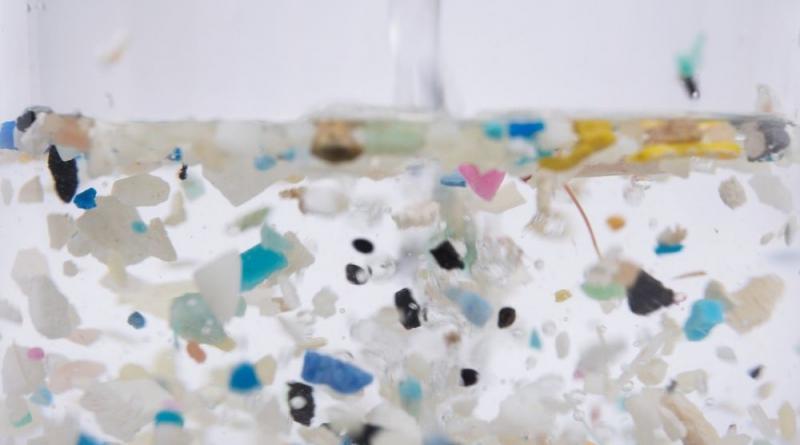New WHO report calls for more research into microplastics to determine health risks.

The World Health Organisation has realised a report on Microplastics in drinking-water which raises concerns about they have on human health.
The World Health Organisation has realised a report on Microplastics in drinking-water which raises concerns about they have on human health.
According to the research, microplastics larger than 150 micrometres are not likely to be absorbed in the human body and uptake of smaller particles is expected to be limited. However, absorption and distribution of very small microplastic particles may be higher.
The WHO argue that the data is extremely limited and more research is needed to obtain a more accurate assessment of the exposure to mircoplastics and their subsequent effects on human health.
“We urgently need to know more about the health impact of microplastics because they are everywhere - including in our drinking-water,” says Dr Maria Neira, Director, Department of Public Health, Environment and Social Determinants of Health, at WHO.
The study states that wastewater treatment can remove more than 90% of microplastics from wastewater, with the highest removal coming from tertiary treatment such as filtration.
Conventional drinking-water treatment can remove particles smaller than a micrometre. A significant proportion of the global population currently does not benefit from adequate water and sewage treatment.
“Microplastics in drinking water don’t appear to pose a health risk at current levels. But we need to find out more. We also need to stop the rise in plastic pollution worldwide.” Dr Maria Neira.
In order to fill gaps in the research data, WHO argue that we need to develop standard methods for measuring microplastic particles in water, conduct more studies on the sources and occurrence of microplastics in fresh water; and increase the efficacy of different treatment processes.
Read full report here.
22 August 2019
Climate Action





